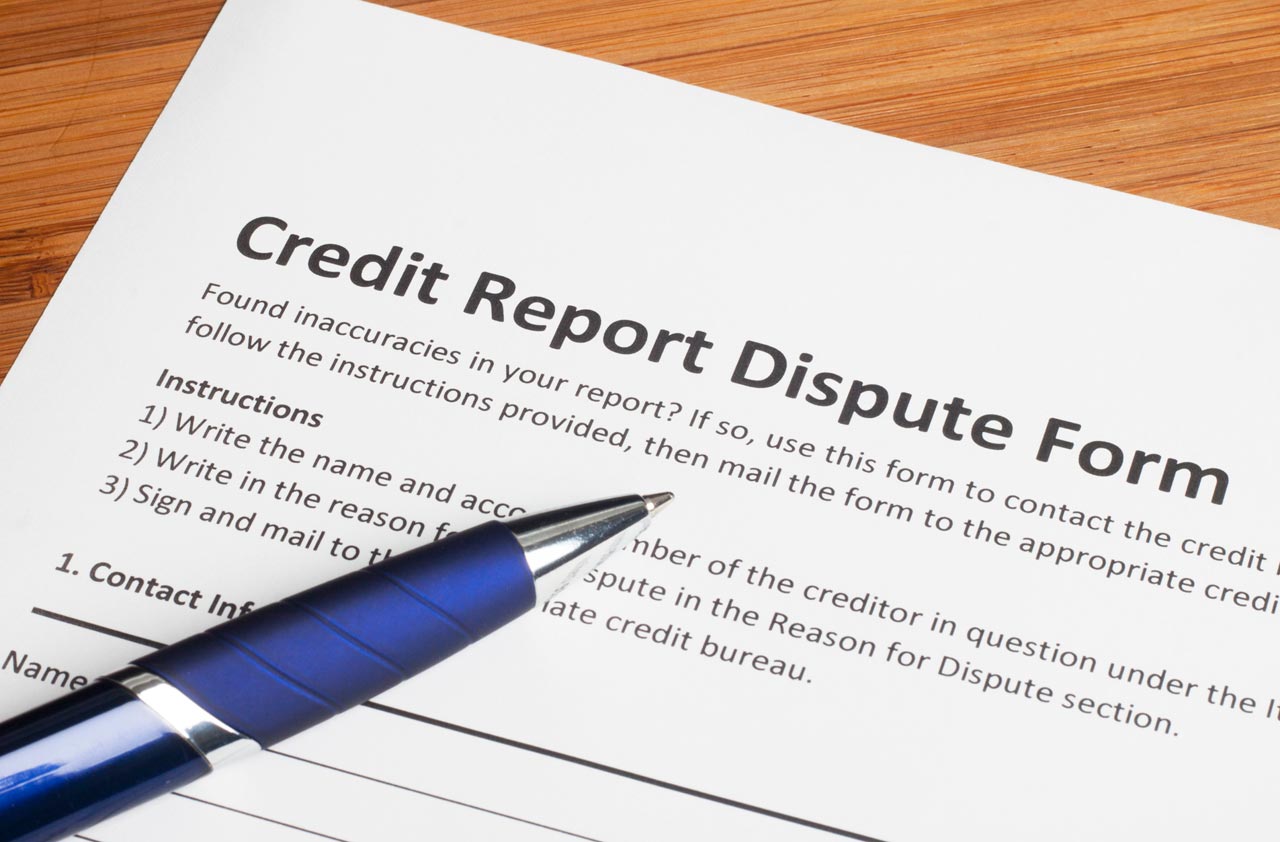7 Things to Know About Medicare Open Enrollment This Year
Even if you've been happy with your Part D prescription-drug plan or Medicare Advantage plan, compare your options for 2017.


Question: I signed up for a Medicare Part D prescription-drug plan last year. Do I need to do anything during open enrollment this year?
Answer: Open enrollment for your Medicare Part D or Medicare Advantage plan for 2017 runs from October 15 to December 7. If you've been happy with your plan, you don't have to do anything; you'll automatically be reenrolled in your current plan if it is still available.
But it's important to compare your options for 2017. Plans have been boosting premiums, increasing cost-sharing, imposing new hurdles before covering expensive medications, charging extra if you don’t use certain preferred pharmacies, and making other changes that could increase your out-of-pocket costs. Here's what you need to know when picking a plan for 2017.

Sign up for Kiplinger’s Free E-Newsletters
Profit and prosper with the best of expert advice on investing, taxes, retirement, personal finance and more - straight to your e-mail.
Profit and prosper with the best of expert advice - straight to your e-mail.
1. Don't stay on autopilot. The average monthly premium for Part D is increasing only slightly -- from $32 this year to $34 in 2017 -- but you could still end up paying a lot more in out-of-pocket costs if your plan increases the co-payments for your drugs or drops them from its formulary (list of covered drugs). And there may be some new plan options in your area. Another plan may be a better deal for you now, especially if you have new prescriptions since you last shopped for a policy.
2. Find out how much you'll pay for your drugs. Don't just ask if your plan covers your drugs; instead, find out how much you'll pay for your specific medications. Most Part D plans have four or five pricing tiers: The lowest costs are for preferred generic drugs (sometimes $5 or less for a 30-day supply); you pay slightly more for non-preferred generics (maybe $5 to $10 per month); you might need to pay a percentage of the cost for brand-name drugs – such as 20% for preferred brand-name drugs and 35% for non-preferred; and you might pay as much as 30% to 50% of the cost of expensive specialty medications.
4. Shop separately from your spouse. You and your spouse might have very different needs, depending on your prescriptions. Each of you should plug your drugs and dosages into the Medicare Plan Finder to see what each of you would pay under the plans in your area. If you choose different plans, however, see whether you’ll need to use different preferred pharmacies to get the lowest costs.
5. Find out if there are hurdles to cross to get your drugs covered. More plans are requiring you to take extra steps before they will cover pricey brand-name or specialty medications. You might need to get preauthorization (your doctor must fill out a form explaining why you need that drug) or use step therapy (you must try a less-expensive drug first before the plan will cover the pricier medication).
6. Ask your doctor about lower-cost drugs. You can save a lot of money by switching to a generic medication, and new generics come on the market every year. If no generic is available, ask your doctor if you can use a "therapeutic alternative," which is another drug that might have a similar result but costs less, has lower cost-sharing or has a generic version. It's best to ask your doctor about drug alternatives before you choose a Part D plan for the year because the plan with the best deal for generics may be different from the plan with the best deal for the brand-name drug. For more information about saving money on prescription drugs, see 7 Ways to Save on Prescriptions.
7. Consider whether you want to switch to Medicare Advantage. Medicare Advantage plans provide both medical and drug coverage through a private insurer. Premiums for these policies tend to be a lot lower than premiums if you fill in Medicare's gaps with a Medicare supplement policy and a Part D plan (some Medicare Advantage plans don't charge anything beyond what you pay for Medicare Part B). But you'll generally have a limited network of doctors and hospitals, and you might have more cost-sharing for your medical care. You have from October 15 to December 7 to switch to a Medicare Advantage plan or to change plans for 2017, and you can compare the plans available in your area with the Medicare Plan Finder (click on "Medicare Health Plans" for Medicare Advantage plans). See What Retirees Must Know About Medicare Advantage Plans for more information about the coverage and rules.
For more information about choosing a 2017 Part D or Medicare Advantage plan during open enrollment, see Guide to Medicare Open Enrollment for 2017.
Get Kiplinger Today newsletter — free
Profit and prosper with the best of Kiplinger's advice on investing, taxes, retirement, personal finance and much more. Delivered daily. Enter your email in the box and click Sign Me Up.

As the "Ask Kim" columnist for Kiplinger's Personal Finance, Lankford receives hundreds of personal finance questions from readers every month. She is the author of Rescue Your Financial Life (McGraw-Hill, 2003), The Insurance Maze: How You Can Save Money on Insurance -- and Still Get the Coverage You Need (Kaplan, 2006), Kiplinger's Ask Kim for Money Smart Solutions (Kaplan, 2007) and The Kiplinger/BBB Personal Finance Guide for Military Families. She is frequently featured as a financial expert on television and radio, including NBC's Today Show, CNN, CNBC and National Public Radio.
-
 Stock Market Today: Stocks Gain on Tech, Auto Tariff Talk
Stock Market Today: Stocks Gain on Tech, Auto Tariff TalkThe Trump administration said late Friday that it will temporarily halt tariffs on some Chinese tech imports.
By Karee Venema Published
-
 Sam's Club Plans Aggressive Expansion: Discover Its New Locations
Sam's Club Plans Aggressive Expansion: Discover Its New LocationsSam's Club expansion plans will open up to 15 new stores each year. Learn where they plan to open in 2025.
By Sean Jackson Published
-
 Credit Report Error? They All Matter
Credit Report Error? They All Mattercredit & debt Don't dismiss a minor error. It could be the sign of something more serious.
By Kimberly Lankford Published
-
 Insurance for a Learning Driver
Insurance for a Learning Driverinsurance Adding a teen driver to your plan will raise premiums, but there are things you can do to help reduce them.
By Kimberly Lankford Published
-
 Getting Out of an RMD Penalty
Getting Out of an RMD Penaltyretirement When your brokerage firm miscalculates your required minimum distributions, you have recourse.
By Kimberly Lankford Published
-
 529 Plans Aren’t Just for Kids
529 Plans Aren’t Just for Kids529 Plans You don’t have to be college-age to use the money tax-free, but there are stipulations.
By Kimberly Lankford Published
-
 When to Transfer Ownership of a Custodial Account
When to Transfer Ownership of a Custodial Accountsavings Before your child turns 18, you should check with your broker about the account's age of majority and termination.
By Kimberly Lankford Published
-
 Borrowers Get More Time to Repay 401(k) Loans
Borrowers Get More Time to Repay 401(k) Loansretirement If you leave your job while you have an outstanding 401(k) loan, Uncle Sam now gives you extra time to repay it -- thanks to the new tax law.
By Kimberly Lankford Published
-
 When It Pays to Buy Travel Insurance
When It Pays to Buy Travel InsuranceTravel Investing in travel insurance can help recover some costs when your vacation gets ruined by a natural disaster, medical emergency or other catastrophe.
By Kimberly Lankford Published
-
 It’s Not Too Late to Boost Retirement Savings for 2018
It’s Not Too Late to Boost Retirement Savings for 2018retirement Some retirement accounts will accept contributions for 2018 up until the April tax deadline.
By Kimberly Lankford Published